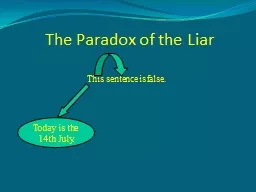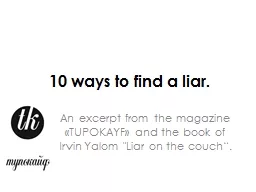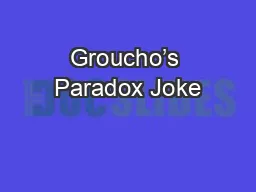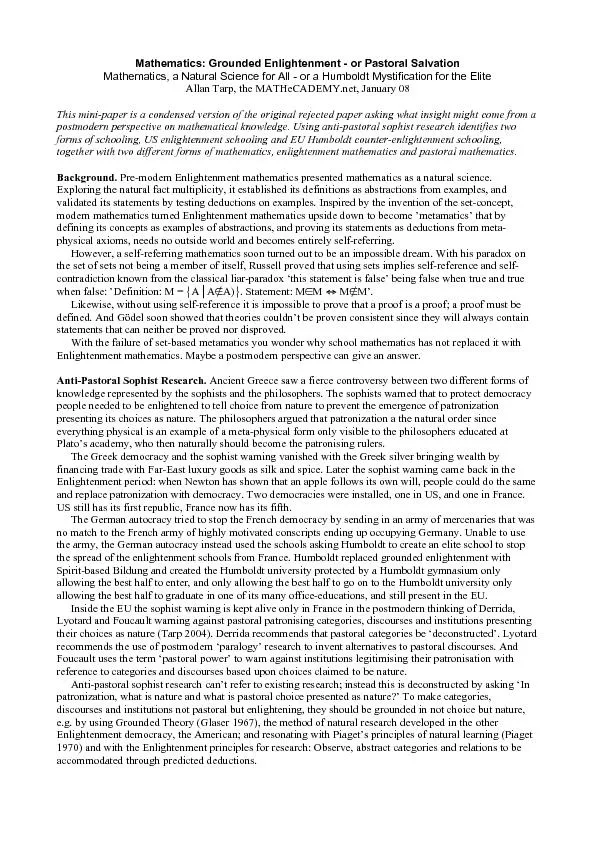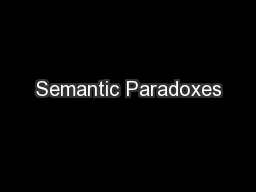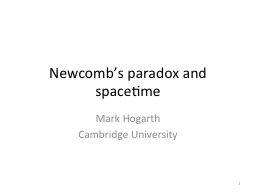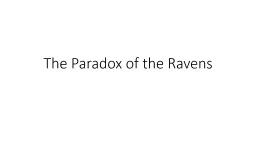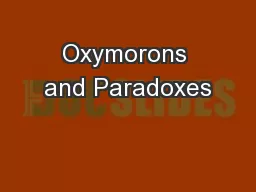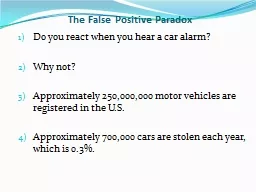PPT-The Paradox of the Liar
Author : liane-varnes | Published Date : 2016-03-11
This sentence is false Today is the 14th July A wellknown variant of the liar One of Cretes own prophets has said it Cretans are always liars evil brutes lazy
Presentation Embed Code
Download Presentation
Download Presentation The PPT/PDF document "The Paradox of the Liar" is the property of its rightful owner. Permission is granted to download and print the materials on this website for personal, non-commercial use only, and to display it on your personal computer provided you do not modify the materials and that you retain all copyright notices contained in the materials. By downloading content from our website, you accept the terms of this agreement.
The Paradox of the Liar: Transcript
Download Rules Of Document
"The Paradox of the Liar"The content belongs to its owner. You may download and print it for personal use, without modification, and keep all copyright notices. By downloading, you agree to these terms.
Related Documents

